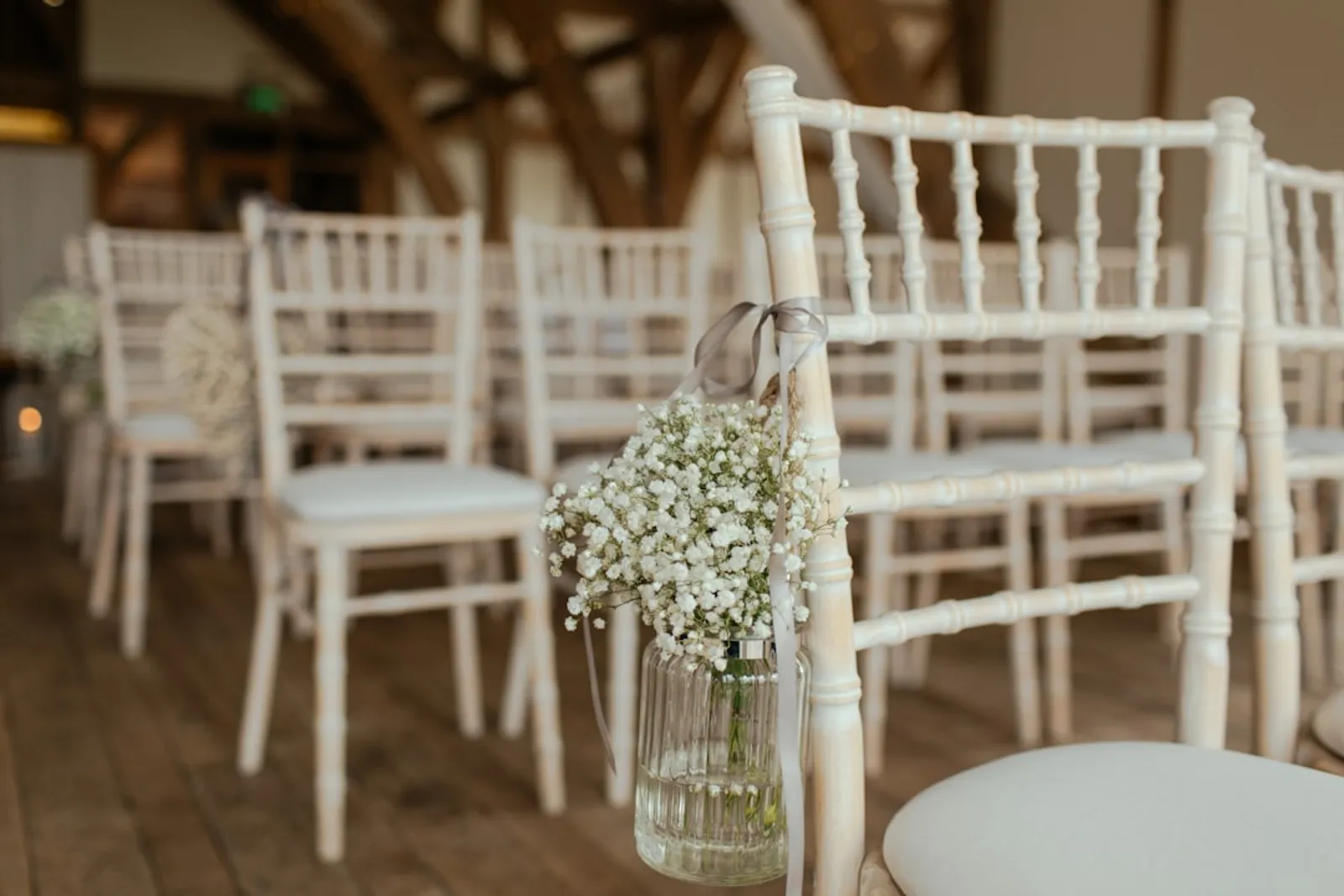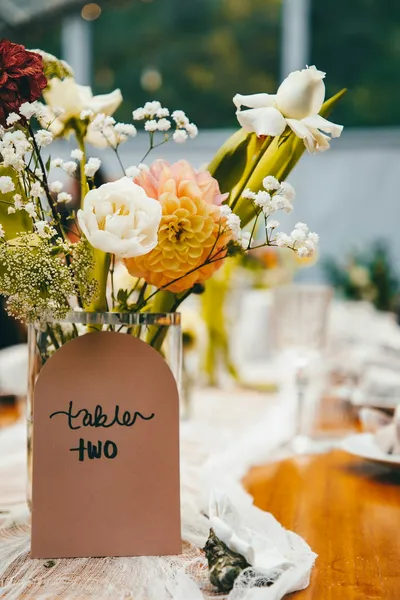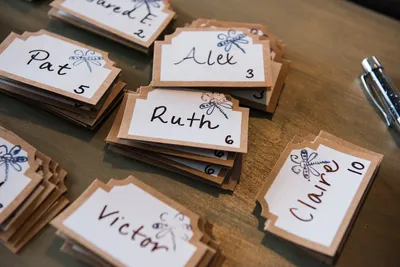A Detailed Guide to Wedding Seating Arrangements

Introduction
One of the often-overlooked aspects of wedding planning is the seating arrangement. Although it might seem like a tedious task, a well-planned seating chart can significantly enhance the flow and enjoyment of your special day. The following guide will provide you with detailed steps and tips to create the perfect seating plan for your wedding.
Why Seating Arrangements Matter
Seating arrangements are more than just assigning seats. They ensure that family dynamics are respected, guest comfort is maximized, and the overall atmosphere of the reception is optimized. Guests who are happy with their seating are more likely to enjoy themselves, contributing to the joyful ambiance of the event.
Family Dynamics
Understanding and accommodating various family dynamics is crucial. For example, if there are divorced parents, they might prefer to sit at separate tables. Ensuring that the seating honors these dynamics can prevent awkward situations and potential conflicts during your celebration.
Start with a Floor Plan
Before assigning seats, it's essential to understand the layout of your reception venue. Obtain a floor plan from the venue manager, and mark out key areas like the dance floor, food stations, and restrooms. Knowing the exact layout helps in placing tables strategically to ensure smooth movement and accessibility.
Table Types
Consider the types of tables you'll be using—such as round, rectangular, or square—as they will influence how many people can sit together and the flow of conversation. Round tables are usually preferred for weddings as they allow for easier interaction among guests.
Dividing Your Guest List
Create categories for your guest list based on their relationship to you and each other. Common categories include:
- Immediate Family
- Extended Family
- Friends
- Colleagues
- Children
Dividing your guest list helps you visualize the social groups and decide who should sit with whom. It also aids in making decisions about who will occupy prime spots near the couple and who might be more comfortable further away from the hub of activity.
Consider Guest Preferences and Relationships
Some guests might have specific preferences or relationships that should be considered. As an example, introverts might prefer sitting away from the dance floor, while close-knit groups of friends may enjoy being placed together.
Creating the Seating Chart
Using a digital tool can make creating your seating chart easier. Tools like AllSeated or WeddingWire offer interactive floor plans and can accommodate changes and adjustments without needing to start from scratch.
Physical Tools
If you prefer a hands-on approach, sticky notes on a large poster board can help you visualize and rearrange easily as needed.
The Bride and Groom’s Table
Consider whether you want a sweetheart table for just the two of you or a head table including the bridal party. The choice largely depends on your preference and the size of your bridal party.
Sweetheart Table
A sweetheart table provides an intimate setting for the newlyweds to share some moments together during the reception.
Head Table
A head table can include bridesmaids, groomsmen, and sometimes their partners, fostering a sense of inclusion and celebration with your closest friends and family.
Final Touches
Once your seating arrangement is finalized, make sure to double-check it a few times. Confirm that guests will be in proximity to people they’ll enjoy spending time with, and that any special needs like accessibility for elderly guests or space for strollers are accommodated.
Conclusion
Designing a seating arrangement might seem intricate, but with thoughtful planning and attention to your guests’ comfort, it can significantly enhance the flow and enjoyment of your wedding reception.



